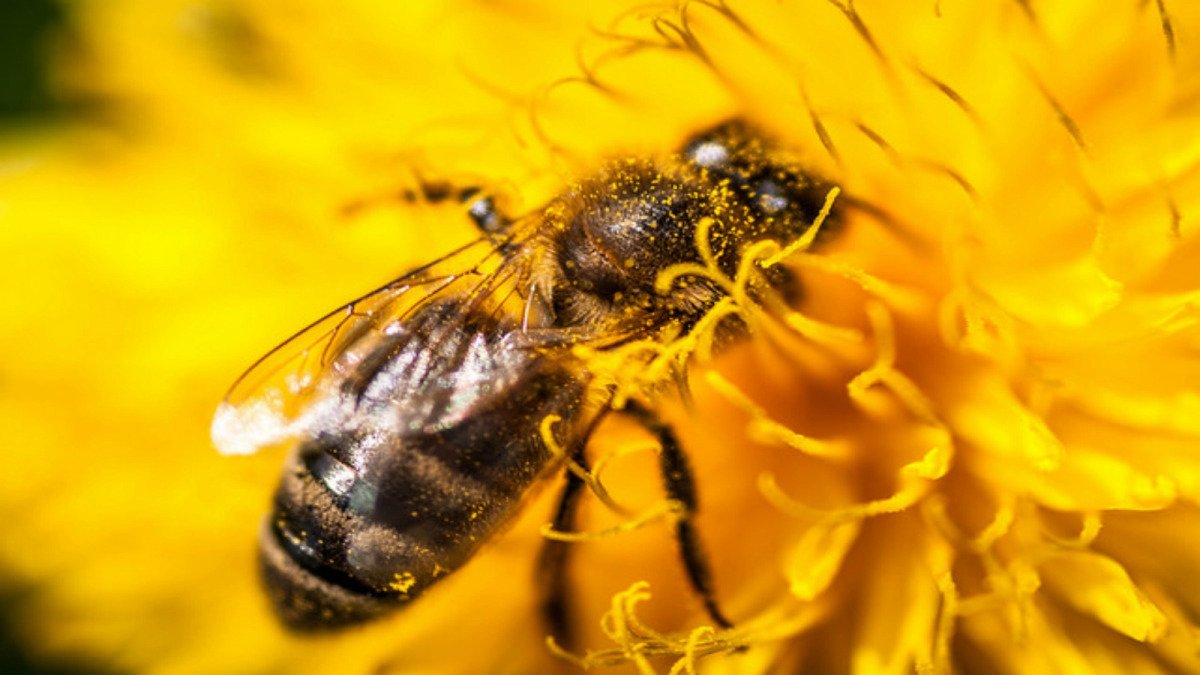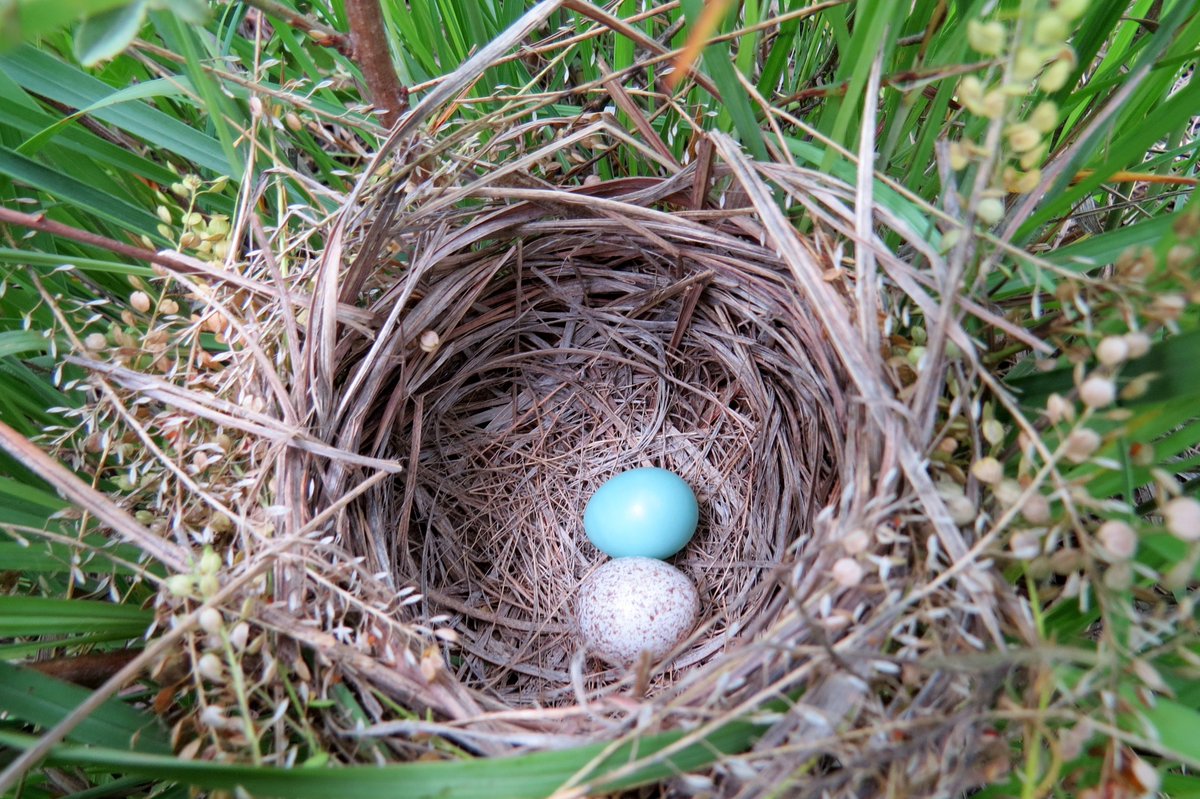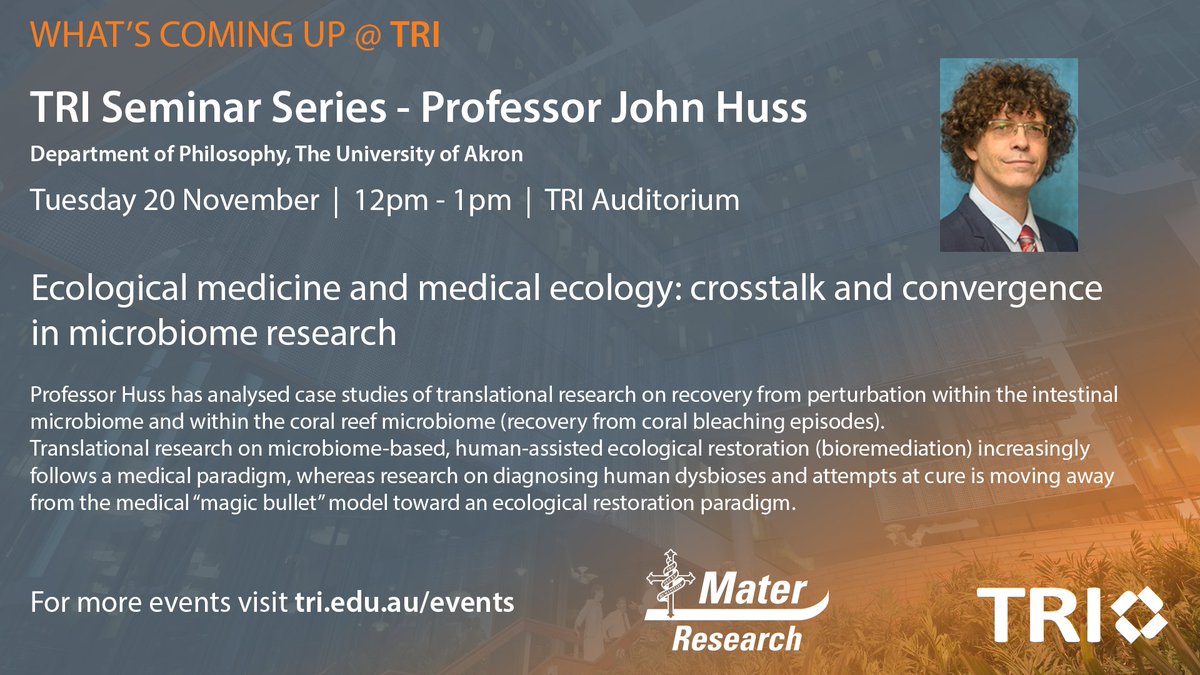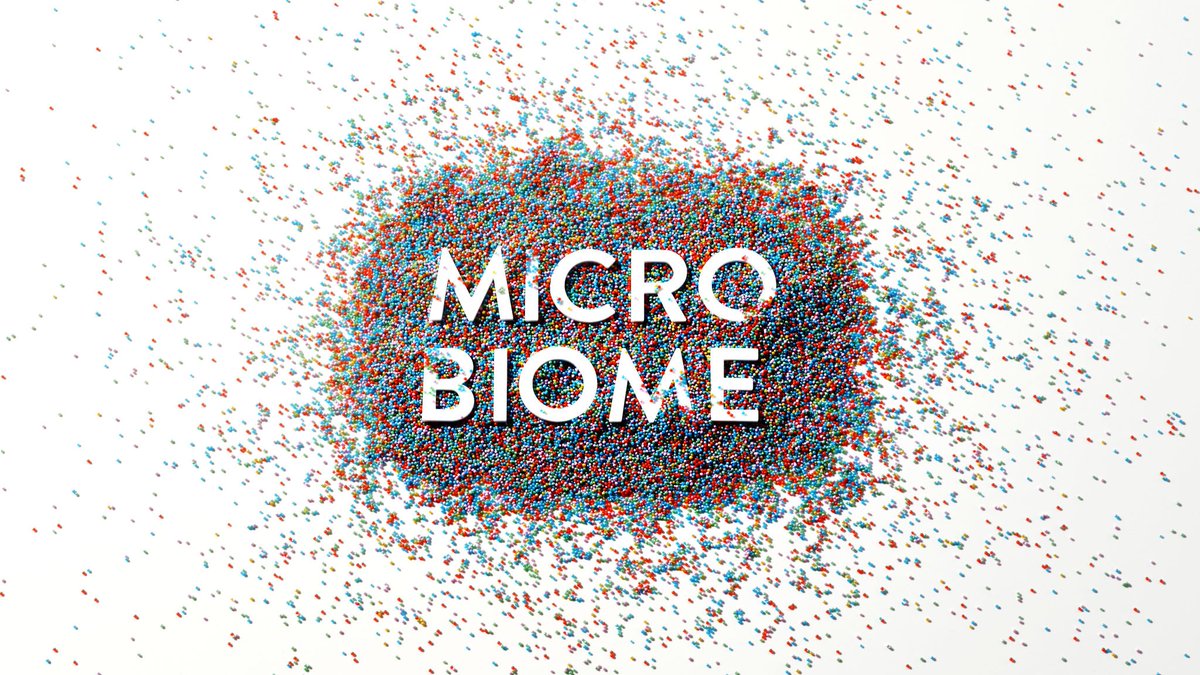1. 50% of bird species
2. 50% of East Himalayan glaciers
3. 90% of tropical forests
4. 90% of freshwater animals
5. 90% of coral reefs
6. 90% of mangrove forests
7. 99% of Arctic summer sea ice
One tweet's worth a million newspaper front pages.
The scale of bird destruction is 'unlike anything recorded in modern natural history.'
therivernewsroom.com/2019/09/26/wha…
N. America offers a dire case study for future species annihilation (we'll hit 1.7°C by 2029):
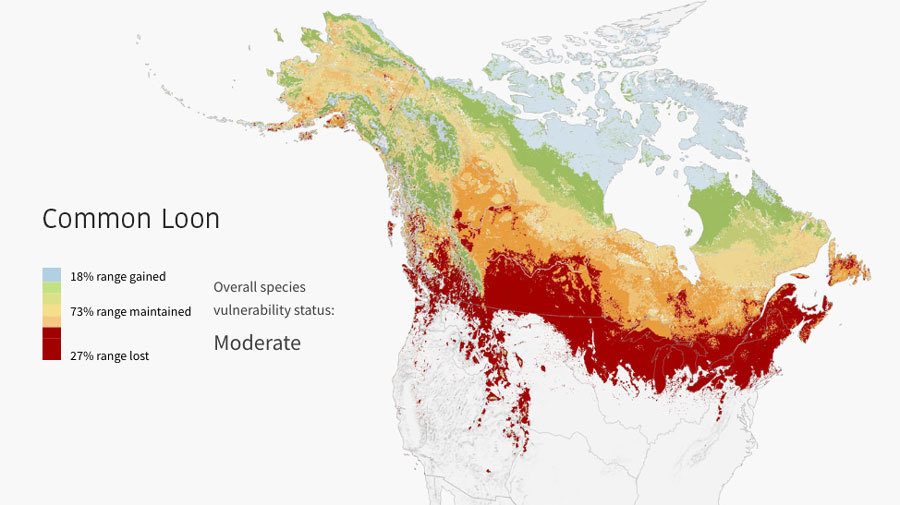
A staggering 83% decline was already reported back in 2014.
Pollution and habitat destruction are set to combine with climate breakdown to put even more pressure on species by 2029.
ecowatch.com/freshwater-ani…
We're currently at 1.3/1.4C according to the 1750 baseline.
1.8°C to 2°C by 2030 is plausible:
grist.org/article/welcom…
2°C means the end of 99% of the world’s tropical reefs.
70-90% will be destroyed at 1.5°C:
theguardian.com/environment/20…
'a one-way domino-type impact is that between coral reefs and mangrove forests. When the former are destroyed, it weakens coastal defences and exposes mangroves to storms and ocean surges.'
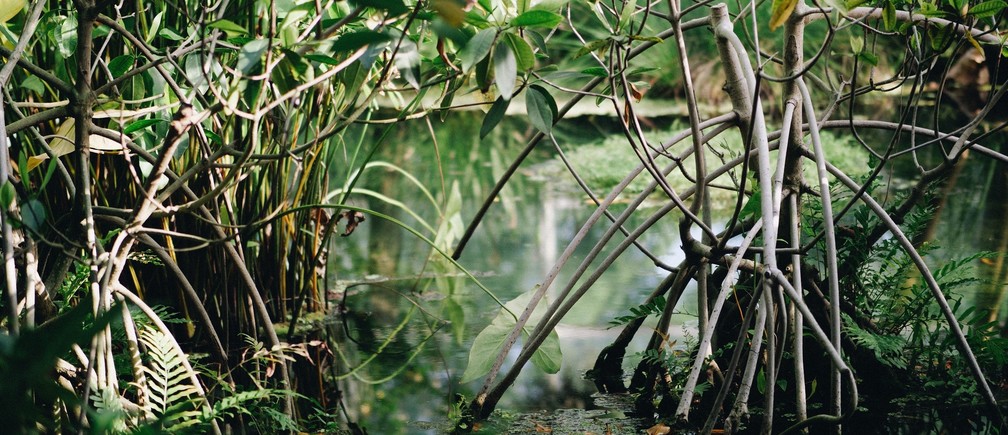
This will lead to even more warming, pushing the average global temperature increase up towards and beyond 2°C. The albedo feedback is particularly strong.
It's a question of when, not if.
👇




